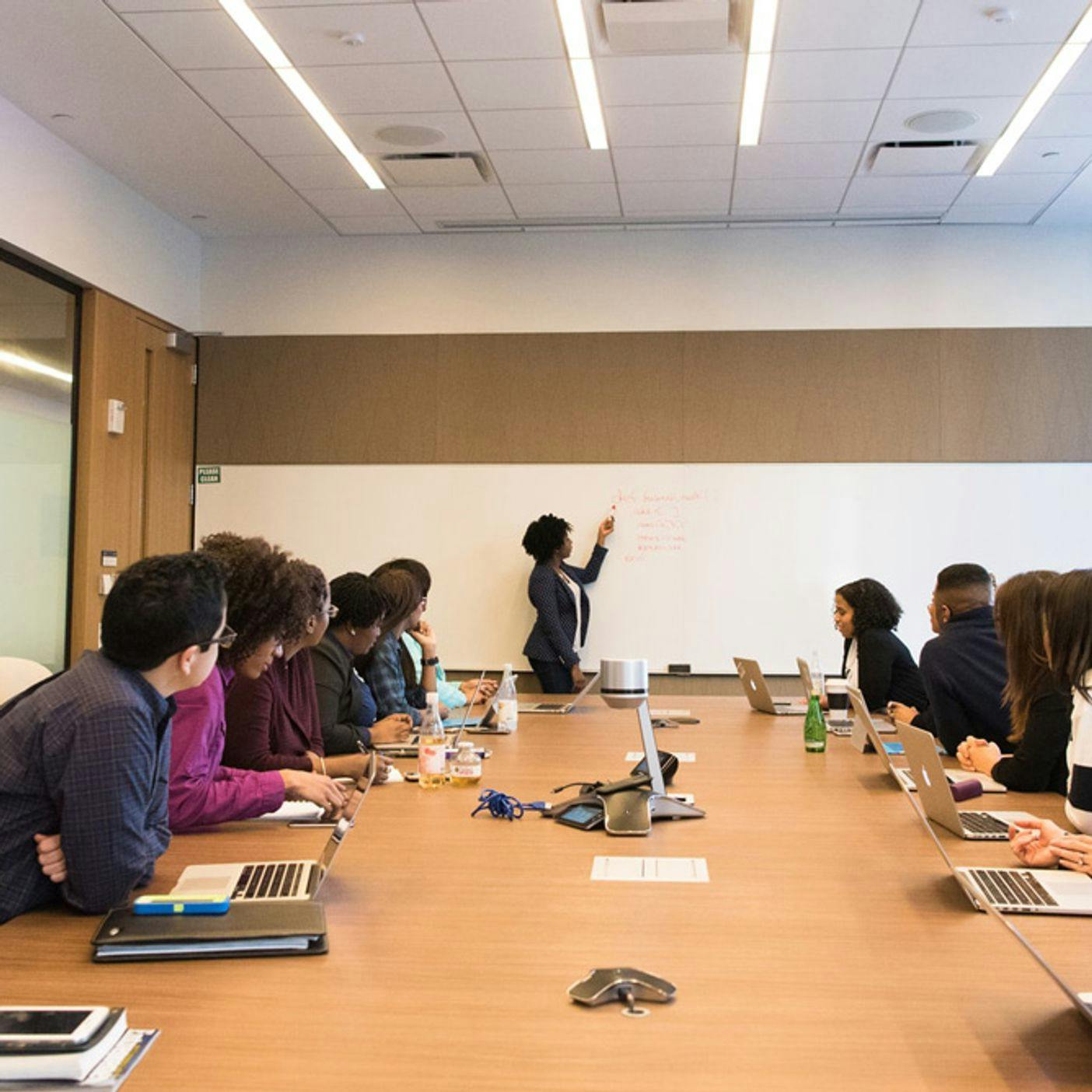Multi-part interviews are an effective way for companies to get to know different sides of a candidate. For instance, they can assess their technical skills in one part of the interview, their soft skills and previous experience in another, then share details about the company culture in another. All of these help both companies and candidates find out who is the best fit for the role so that they can make the right hiring decision.
And making the right hiring decision really is crucial. Up to 20% of employee churn happens within the first 45 days. This means that companies have to go through the lengthy hiring process again. When it can cost an average of $4,000 for every hire that’s made, this quickly adds up to not only time, but also money, lost. Money that could have been spent on other projects or developing employees’ skills.
Multi-part interviews also make life easier for candidates. Instead of needing to take multiple days off to interview for one role, every part of the interview can be done on the same day.
This means candidates need to make less adjustments to their schedules, providing a far superior candidate experience. This well-organized, well thought out scheduling process also reflects well on the business. It boosts their employer brand and demonstrates that it’s a modern, forward-thinking business that utilizes the latest tools.
However, multi-part interviews are a nightmare to organize.
There are the schedules of hiring managers to factor in, finding the right-sized room, the availability of any resources that are needed, then there are candidates to reach out to for their availability…it’s a lengthy process that can easily add up to days lost just to organizing one interview, let alone a sequence of them.
Many of our solutions work together to make organizing a multi-part interview a breeze. This creates a better experience for candidates, hiring managers, and the interview organizers. It’s a more user-friendly, more cost-effective process for everyone.
Let’s take a look at the different elements involved in organizing a multi-part interview, and how we can help speed this process up.
Factor in everyone’s schedules in an instant
Finding times to meet often results in seemingly endless back-and-forth emails and phone calls. When interviews need to be held in a particular order, this is even more tiresome. It takes hours for the interview organizer to put all of the moving parts together. It often results in hiring managers having to move already scheduled appointments to ensure they can make the chosen interview day, too. Should several multi-part interviews need to be conducted over the course of days or weeks, this takes even longer. Intelligent Sequencing means that organizers can say goodbye to this tedious process. All they need to do is tell the system who needs to be present for each part of the interview, then they’re done. It really is that simple. Intelligent Sequencing can also factor in whether a sequence of events needs to be conducted in a particular order or if that order is flexible. If the order is fixed, it will only return days and times when each part of the interview is conducted in the right order. If the order is flexible, it will return options where each part happens in the orders that best suits the people required. This means whatever type of interview your users wish to conduct, they have full flexibility and control over how it’s structured without the hassle of coordinating everything manually. But employees’ schedules aren’t the only thing Intelligent Sequencing can help with…
Book rooms and resources at the same time
Rooms and resources are another important part of interviews. After all, if there’s nowhere to conduct the interview, it isn’t going to leave a positive impression on candidates. If candidates are required to conduct a presentation, it’s important that they have the required screens and other equipment that they need. This is particularly important for group interviews, which require rooms of a certain size to accommodate everyone. Bookable Resources allow your users to create calendars for rooms and resources within their organization. This means there’s no chance of these being double-booked when they’re needed. The booking system can also factor in their availability when working out the best days and times for multi-part interviews. Should some parts of the interview be conducted in groups and others individually, this can also be factored in. Capacity Booking means that when a room reaches a required limit, that time slot will be closed off and no longer offered to candidates. This prevents rooms from being over capacity, or there not being enough equipment to go around.
Add buffers between parts
When an interview is held in a large organization, it’s important to give candidates time to move between locations. It’s also important to ensure that those conducting the interview have plenty of time to prepare. Buffers ensure that interviewers and candidates have breathing room between appointments. You can set a minimum and maximum buffer between each part of the interview. These don’t appear as calendar events, but anything scheduled via Cronofy will honor them. For example, if one part of an interview is scheduled for 3pm, and the before buffer is set to 30 minutes, Cronofy will see the user’s calendar as blocked out from 2:30pm. That means if a colleague tries to schedule a 30-minute meeting with them using Cronofy, it won’t return between 2:30pm and 3pm that day as a suggested time for the meeting.
Send booking links to candidates
Even when the interview scheduling process is automated, dozens of emails still need to be sent out to candidates with available days and times to choose from. This can be awkward if more than one person chooses the same time slot. The alternatives are to email one candidate at a time and wait for a reply before contacting someone else, or to give each candidate different times to choose from. Neither of these scenarios is ideal. With Real-Time Scheduling, your users can generate a booking link to send to candidates. This booking link will then take them to a booking page where they can schedule their interview based on the availability of everyone and everything mentioned above. Once they’ve chosen their day and time, it’s automatically added to the calendars of the people, rooms, and resources required on that day. This ensures nothing and nobody will get double-booked. Smart Invites can also be sent to candidates. These are one-off calendar invites that companies can use to confirm the attendance of interviewees. If a candidate doesn’t accept the calendar invite, the company can reach out to them to confirm their attendance. Information such as the location of the interview and whom to ask for on arrival can also be added to this calendar invite. A simple booking process like this provides a far better candidate experience. This means that candidates are more likely to speak highly of the business even if they’re unsuccessful in their application. They’re then more likely to continue using the company’s services and may even recommend them to family and friends. A poor candidate experience, on the other hand, means that they’re more likely to take their business – and that of their friends and family – elsewhere.
Conclusion
Organizing an interview is a seemingly simple process that quickly adds up to take days, sometimes even weeks. The longer it takes, the worse the process is for candidates and the more likely they are to go elsewhere. It also means that businesses are more likely to lose the best talent to their competitors thanks to a clunky hiring process. But it doesn’t have to be that way. In fact, we’re making it our mission to change all of that. Two-way calendar sync means that it’s easier – and faster – for your users to schedule even the most complex interview processes. They can say goodbye to spending hours on the phone or writing countless emails. Instead, they can spend their time on higher-value tasks like preparing for – and conducting – the interviews themselves. These tedious tasks cost the US economy $1.8 trillion per year, making it vital that businesses do everything they can to streamline repetitive tasks. Doing so provides a better employee experience, improves companies’ employer brands, and gives employees more time to help the company grow.
How long do recruiters waste scheduling interviews?
Find out in our interview scheduling survey

